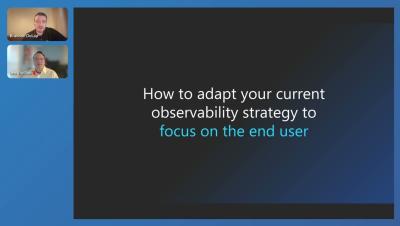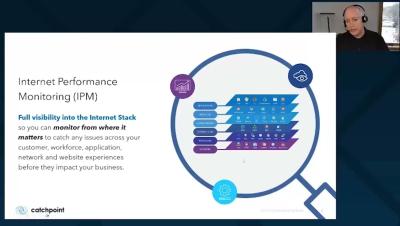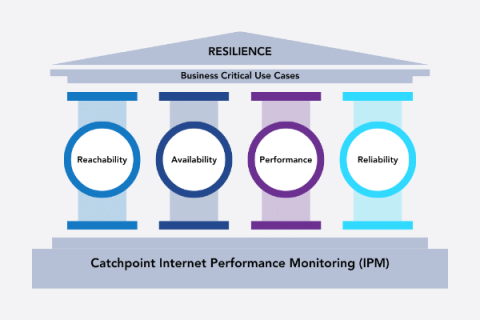The cost of inaction: A CIO's primer on why investing in Internet Performance Monitoring can't wait
When John Wanamaker famously declared, “When a customer enters my store, forget me. He is king,” he unknowingly coined a mantra that remains as relevant today as it was in the 1900s. This philosophy, rooted in the customer service ideologies of his time, holds true not just for brick-and-mortar stores but also for eCommerce.





